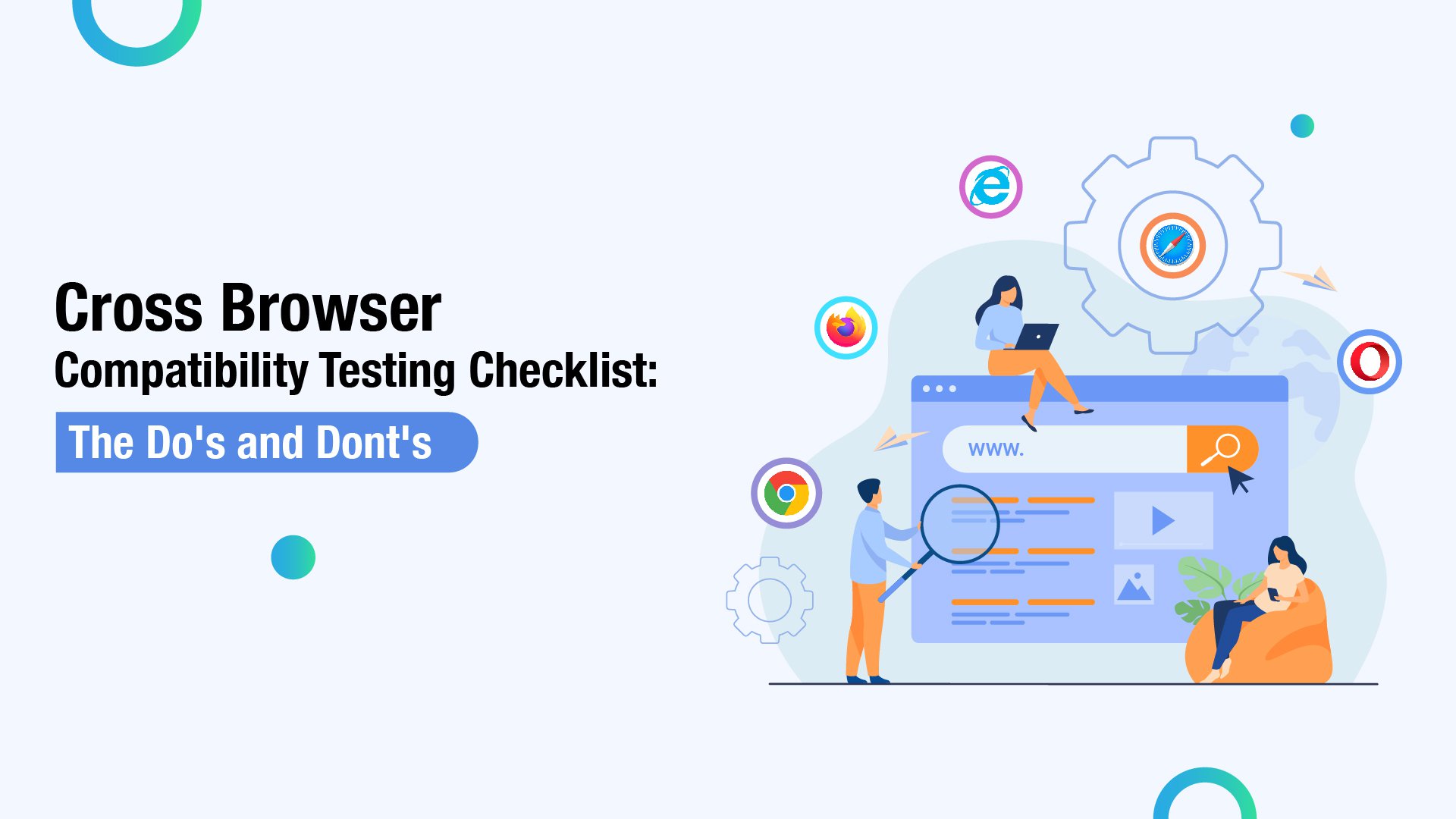Index Surge: Amplifying Your Insights
Stay updated with the latest trends and news across various industries.
Navigating the Browser Jungle: Why Compatibility Matters
Discover essential tips for seamless web experiences! Learn why browser compatibility is crucial for users and developers alike.
Top 5 Reasons Browser Compatibility is Essential for Web Development
Ensuring browser compatibility is crucial in web development, as it directly impacts user experience. Different web browsers interpret HTML, CSS, and JavaScript in various ways, which can lead to inconsistent rendering of websites. A website that appears flawless in one browser may display incorrectly in another, frustrating users. This inconsistency not only discourages visitors but also affects their perception of your brand. Therefore, developers must test their websites across major browsers to ensure a seamless experience for all users.
Moreover, prioritizing browser compatibility can significantly enhance your site's search engine optimization (SEO). Search engines favor websites that provide a smooth and uniform experience across all platforms. If users encounter errors or poor functionality on your site, they are likely to leave quickly, resulting in a high bounce rate. This can negatively impact your site's rankings on search engines. By investing in browser compatibility, you not only retain users but also improve your site's SEO, ultimately driving more organic traffic to your website.

How to Test Your Website's Compatibility Across Different Browsers
Ensuring your website functions smoothly across different browsers is crucial for providing a seamless user experience. Begin by identifying the primary browsers that your target audience is likely to use, including Chrome, Firefox, Safari, and Edge. Once you've identified these browsers, create a checklist of key features and elements to test, such as:
- Navigation menus
- Form submissions
- Media content
- Responsive design
After establishing your testing checklist, utilize various tools and services to simulate different browser environments. Consider using browser testing tools like BrowserStack or LambdaTest that allow you to run your website in multiple browsers and operating systems effortlessly. Additionally, remember to test previous browser versions as some users may not update regularly. By thoroughly checking your site’s performance and making adjustments as necessary, you can ensure compatibility that improves user satisfaction and SEO rankings.
What Makes a Website Browser-Compatible: Key Features Explained
Creating a website that is browser-compatible involves understanding how different web browsers interpret HTML, CSS, and JavaScript. One of the primary features that contribute to browser compatibility is the adherence to web standards set by organizations like the W3C. By using semantic HTML elements and validating your code against these standards, you can ensure that your website renders accurately across various browsers. Additionally, employing responsive design techniques, such as using media queries, allows your site to adjust its layout, ensuring a consistent user experience on devices of all sizes.
Another crucial aspect of browser compatibility is the use of progressive enhancement and graceful degradation. Progressive enhancement focuses on delivering a basic level of user experience to all users, while enhancing the functionality for those with more advanced browsers. This approach includes the use of polyfills or fallbacks for unsupported features. On the other hand, graceful degradation ensures that a website retains its core functionality even when accessed with older or less capable browsers. By considering these techniques along with thorough cross-browser testing, you can create a robust website that meets the needs of all users.